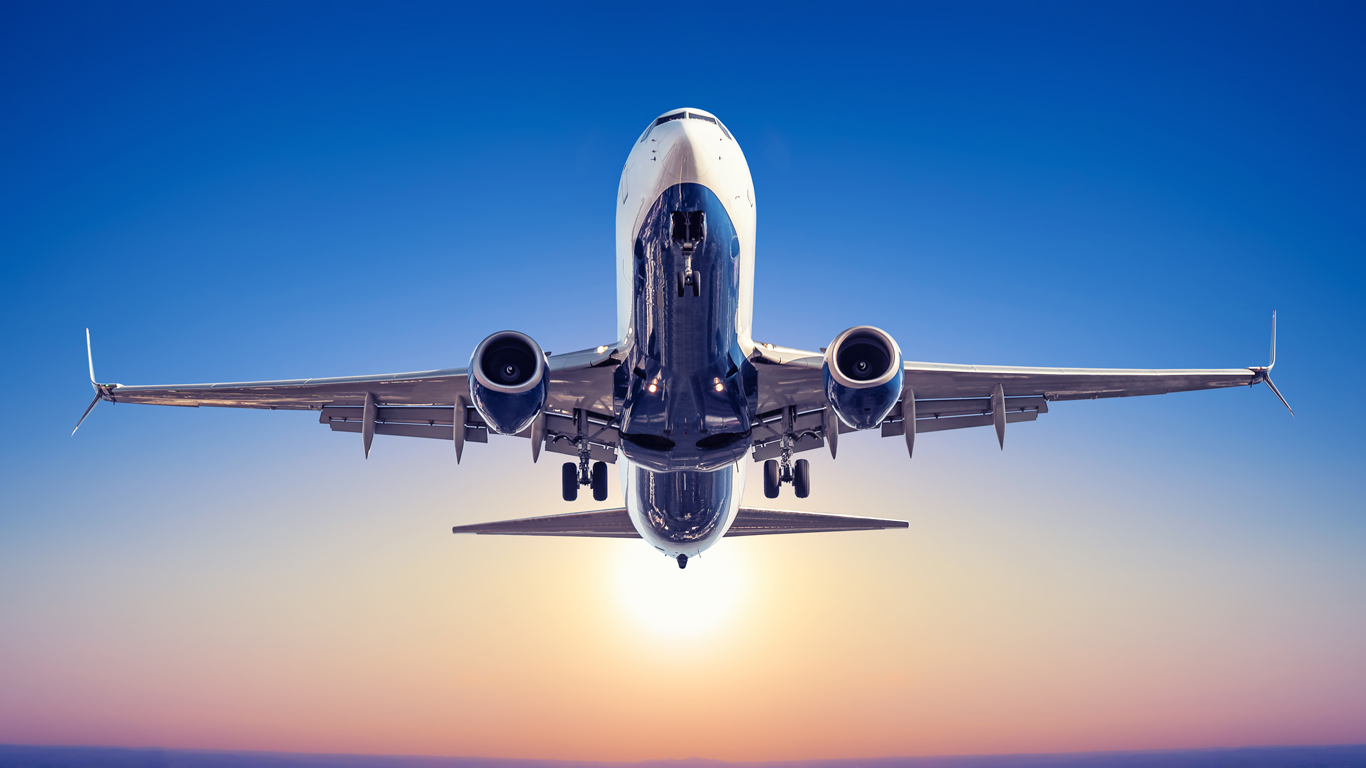
Air travel in Canada and around the world has taken off in the past year. Nevertheless, the number of passenger-kilometres flown by major Canadian airlines in December 2022 (16 billion kilometres) remained 12% below the December 2019 level.
International travel rebounded as well, with the number of travellers entering or returning to Canada reaching 5.4 million in December 2022, that’s more than a 400% increase from December 2020. Even so, this represented 1.7 million fewer travellers (-25%) than in December 2019 (7.1 million travellers).
The cost of flying is rising
While the volume of air travel has yet to return to pre-pandemic levels, the cost of air travel has surpassed them.
Jet fuel cost 62% more in December 2022 compared with December 2019.
Passengers paid just over one-quarter (+26%) more to fly in December 2022 , compared with the same month in 2019, just prior to the pandemic.
Alberta and Ontario are the largest producers of jet fuel in Canada, with most supplying the domestic market
Airplanes use a high-quality blend of kerosene to stay aloft. Most jet fuel refining takes place in Alberta and Ontario. There is no longer production of jet fuel in Newfoundland and Labrador since the closure of the North Atlantic Refinery during the pandemic.
Canadian refineries produced 5.4 million cubic metres of jet fuel in 2022, up 45% from one year earlier, but 20% below 2019 levels.
Approximately 8% of the jet fuel produced in Canada is destined for the foreign market, with most going to the United States and China.
Domestic jet fuel sales just below pre-pandemic levels
Canadian refineries supplied 740,000 cubic metres of kerosene-type jet fuel to the Canadian market in December 2022, down 0.5% from December 2019, but 155% higher compared with December 2020.
Major Canadian airlines consumed 556,000 cubic metres of jet fuel in December 2022, more than double (+242%) what they consumed in December 2020, albeit 17% below December 2019 levels.
The environmental cost of flying
In the decade leading up to the pandemic, air travel was the fastest-growing source of passenger transportation carbon emissions, increasing 56% from 2009 to 2019, from 14.9 megatonnes of carbon dioxide (CO2) equivalent to 23.2.
Over that same period, emissions from cars and light trucks grew 5%, rising from 71 megatonnes of CO2 equivalent to 74.8.
In the wake of travel restrictions to slow the spread of COVID-19, emissions from air transport fell by half (-53%) from 2019 to 2020 (10.8 megatonnes of CO2 equivalent) but are rising again as travel resumes.
Contact information
For more information, contact the Statistical Information Service (toll-free 1-800-263-1136; 514-283-8300; infostats@statcan.gc.ca) or Media Relations (statcan.mediahotline-ligneinfomedias.statcan@statcan.gc.ca).
